Cycling can keep you fit and is a great way to explore the world, but it can also save you money, reducing your dependency on driving or public transport.
Many have turned to cycling in the UK as the cost of the living crisis has seen prices at the pump skyrocket and transport costs have increased.
Cycling levels increased last year as fuel prices went up. And while fuel prices are easing, the Office for National Statistics reported in March 2023 that 35 per cent of adults are still cutting down on unnecessary journeys because of the cost of living.
But how much money can you save by cycling? And is switching from a car or public transport to cycling actually feasible?
We spoke to Cycling UK and Cyclescheme to find out.
How much money can you save by cycling?
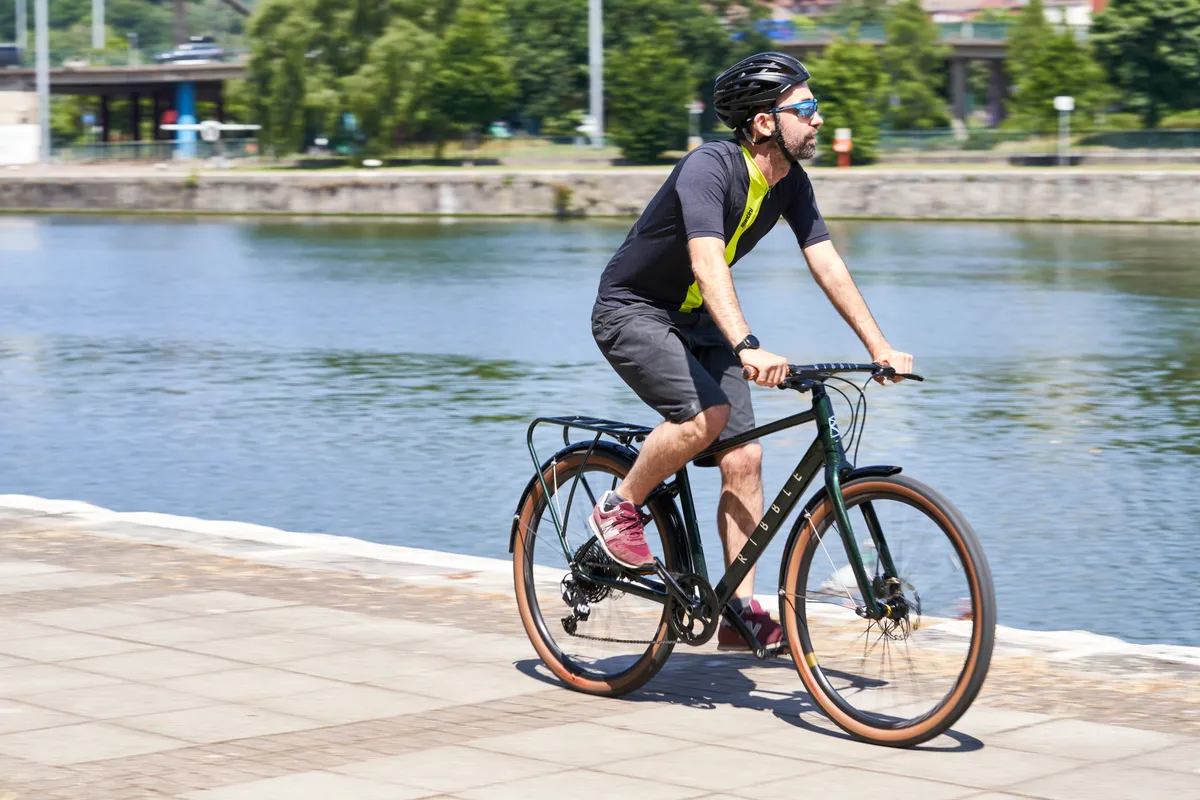
Many factors will influence how much you will save by switching to cycling instead of using public transport or driving.
Cycling UK and the Cycle to Work scheme have provided guidance on how much you can save – and their respective results are pretty similar.
Cyclescheme’s estimation
Cyclescheme is one of the UK’s largest Cycle to Work providers.
To mark the 10th anniversary of Cycle to Work Day last year, it conducted research that concluded cycling to work could save you £750 annually.
Cyclescheme calculated this figure by conducting a survey that looked at the breakdown of how often people use different modes of transport for work. This included public transport, cars and motorbikes, walking or cycling, or a combination of all of these ways of travelling.
It took the average cost of each of these travel combinations and multiplied it by the average number of days people said they used a mode of transport to get to work in a given week.
This figure was then multiplied by 46 – the number of working weeks in a year.
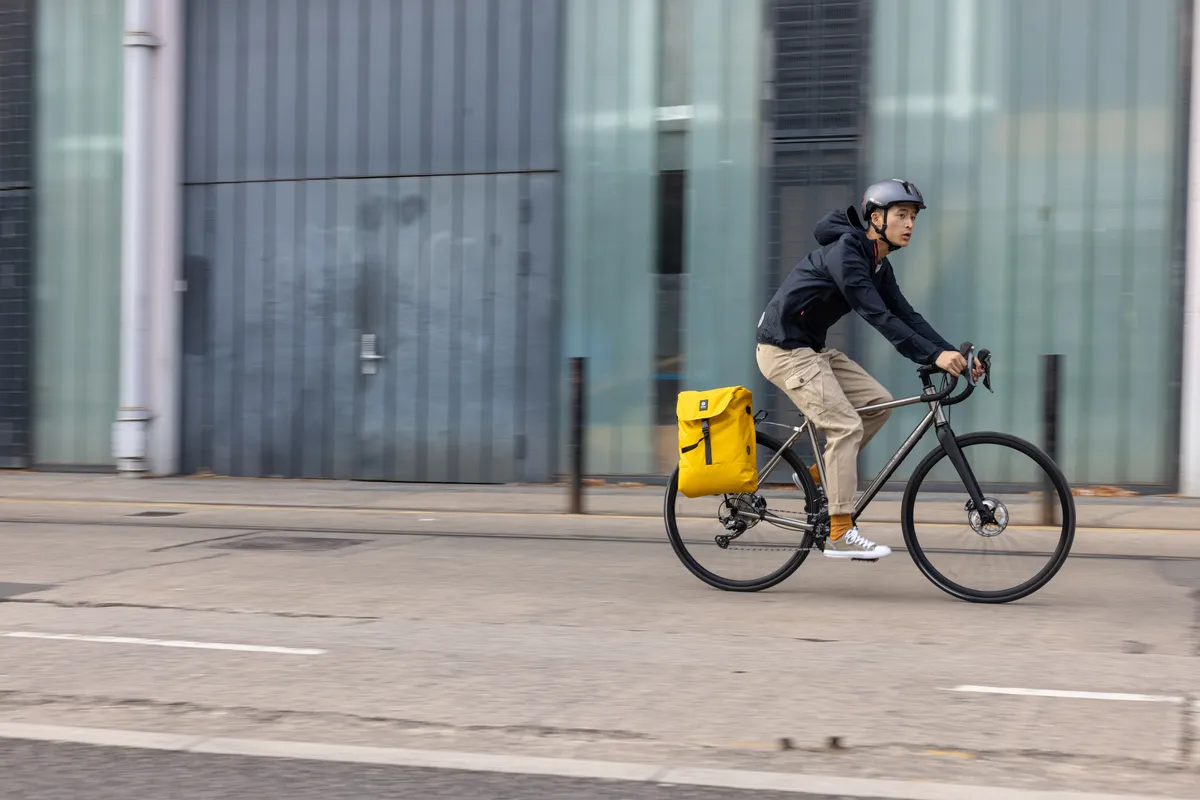
The fuel cost used in its calculations was included in the average travel cost and was based on the fuel type used, how far people travelled (which were questions in the survey) and the price per litre.
Speaking to BikeRadar, Adrian Warren, senior product director at Cyclescheme and chair of the Cycle to Work Alliance, says savings depend on where you live.
“The £750 figure came from those employees outside of the London area. If you look at the cohort we surveyed within London, that figure rises to almost double at around £1,400. So that’s quite an outlay on an annual basis for just travelling to work,” says Warren.
Warren says this figure for people working in the capital could be even higher, with a travel card costing up to £3,000 depending on how far from the centre of London you live.
Cycling UK’s estimation
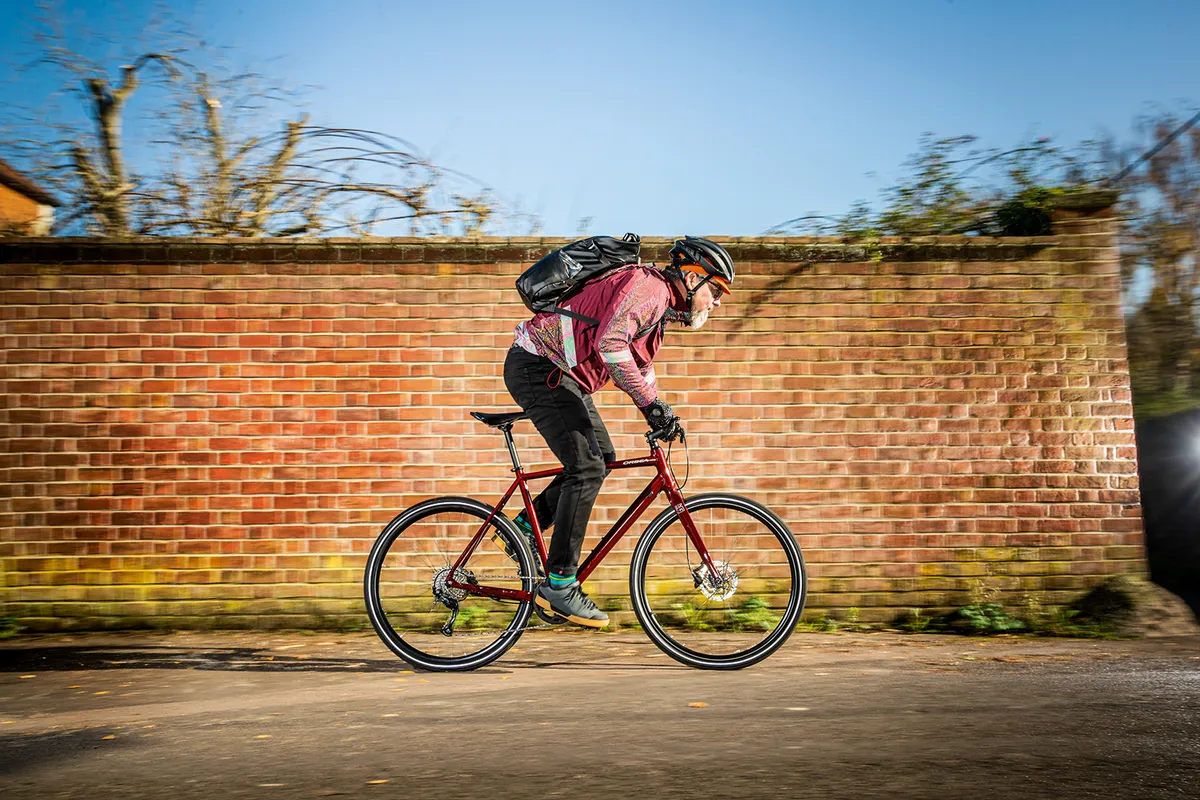
Cycling UK’s research into how much you can save by cycling doesn’t look at separate regions of the UK or consider the cost of public transport. But it does consider the costs of opting for a bicycle versus a car for transportation.
Cycling UK uses figures from the Department of Transport, which says 71 per cent of journeys are under five miles, to calculate how much money people could save if they switched short journeys from cars to bikes.
It also bases its research around a National Travel Survey, which says people averaged 739 trips in 2020, 429 of which were made by car.
It concluded you could save between £124.11 and £163.75 on fuel, depending on your model of car.
Cycling UK also looked at what you can save from the initial investment in a car or bike, taking the cost of fuel, maintenance, insurance and tax into consideration in the first and subsequent years.
It says, if you start by not owning any mode of transport, and you invest in a bike rather than a car, you would save between roughly £18,000 and £23,000 in the first year of travel.
This depends on what car you buy and the subsequent expenses compared to the cost of an average bicycle at £976, according to Cycling UK.
However, the cost savings Cycling UK calculates for subsequent years of use are probably more relevant, given many people will already own a bike or car.
Cycling UK says in subsequent years you can save £771, which is similar to Cyclescheme’s figure.
Cycling UK says if you opted for a cheap electric bike over a small hatchback, you could save roughly £723 a year.
Further savings
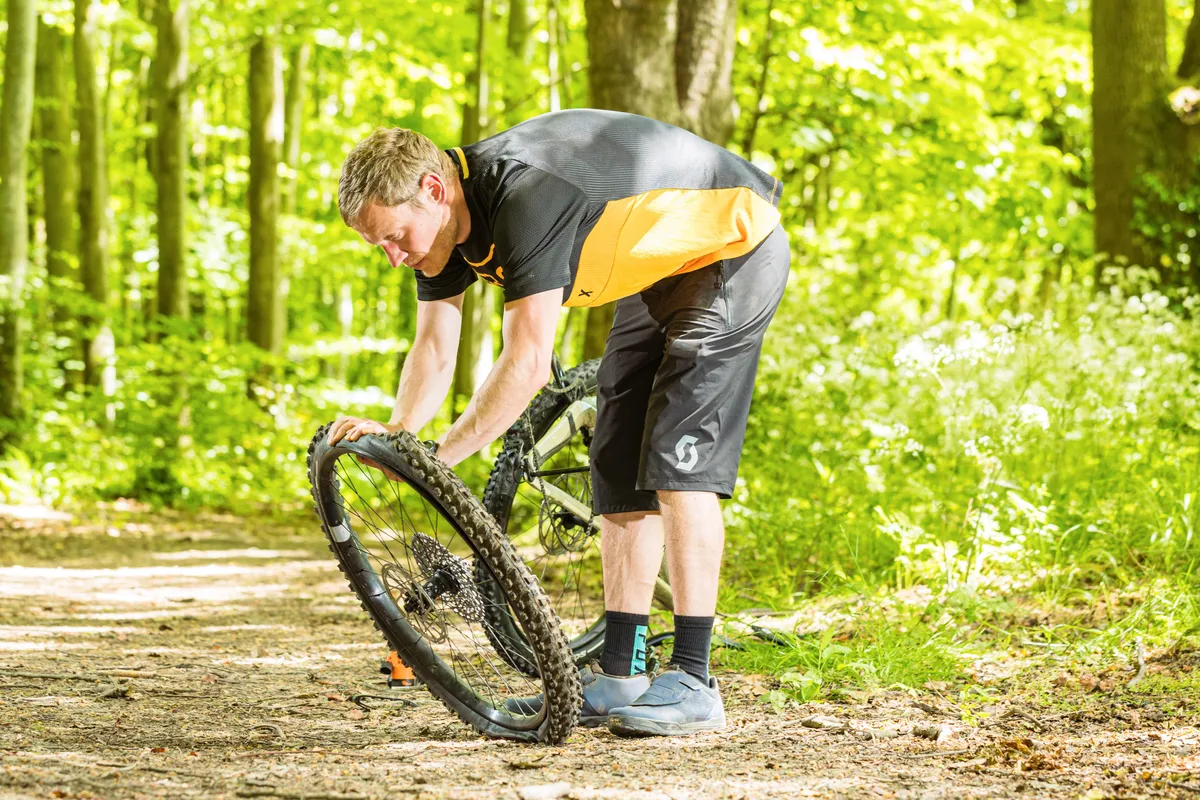
Sam Jones, Cycling UK’s communications delivery manager, says the potential savings of cycling could be higher than the advocacy group’s calculations.
He says the figures exclude any extra maintenance costs you might incur with a car and says the age of a car may also impact savings, with older models tending to cost more to insure.
He also says the figure deducts the cost of bicycle insurance, but this may not always be relevant.
“A lot of people won’t take insurance or will have bike insurance covered by their house, so the cost of a bike could be even less,” says Jones.
Warren also points to other potential cost benefits of cycling: “There are other savings people tend to find come out of cycling to work, where they don’t need to pay for that extra fitness class or gym membership.”
Cycling UK also points out that it costs no money to park a bike. It says you could incur car parking costs of over £3,000 a month if you drove to your job in central London. However, you’d be hard-pressed to find someone who did that.
It’s also possible learning essential maintenance skills could keep the price of owning and using a bike down.
Knowing what to look for when buying a second-hand bike or how to make the most of an old bike could also help you get into cycling on a budget.
Bicycle sales are down – but that’s not the whole picture

So, you can save money through cycling, but are people really making the change to bikes?
Cyclescheme’s research says almost a third of respondents were feeling concerned about the annual cost of travel and 46 per cent of people would rather cycle to work than spend money on travel.
It says 67 per cent of Britons started or were considering cycling to work to decrease travel costs.
This is backed up by research conducted by Cycling UK. Jones says the figures for cycling increased last year “pretty much in parallel with prices going up at the pump and people having to pay more for gas and electricity”.
“This was happening between Monday and Friday, which we interpret to mean people are cycling for commuting or doing the school drop-off. The figures were still quite high at the weekend, but that’s going to be leisure, largely,” says Jones.
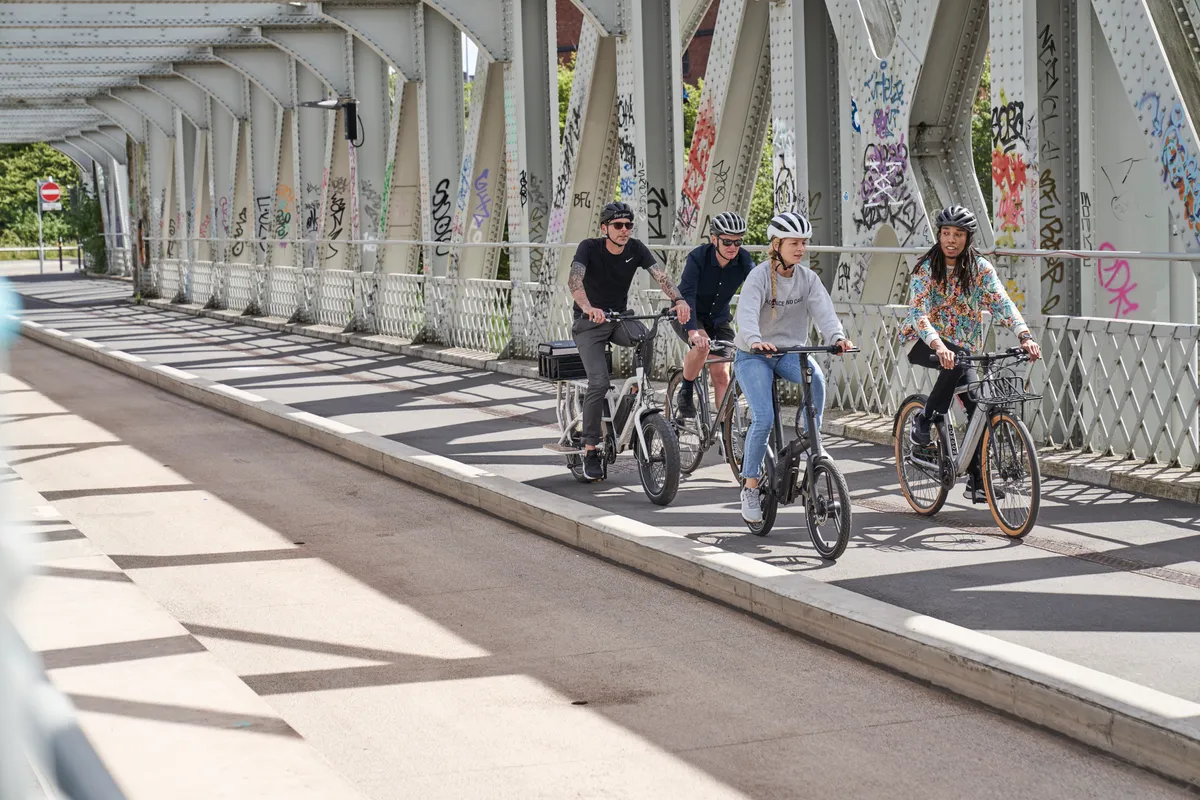
Warren says Cyclescheme has further proof of an interest in cycling over the last year. While figures from the Bicycle Assocation show bike sales were down 22 per cent in 2022 compared to 2021, Cyclescheme has seen an uptick.
“The cycle-to-work market is up 14 per cent. I think that’s definitely carried on into this year, where we’re seeing double-digit growth in demand for cycle to work and the reality is the cost of living is driving quite a lot of that demand,” says Warren.
Warren says the breakdown of this growth is coming from a new demographic of people trying to save money by cycling and switching from cars to bikes.
“We’re seeing gen-Zs and the 20 and 30-year-olds turning to cycle to work.
“The 20- to 30-year-olds who would come out of university or college and just go straight into a car aren’t doing that anymore. They’re starting to look at alternatives and I think some of the subscription and bike rental models that are entering the market play to that type of demographic,” says Warren.
How feasible is it to save money by cycling?

You can save money by cycling and cycling advocates want to point out that people are doing so. Really, there are no surprises in this. So, it leads us to the final piece of the puzzle: the feasibility of saving money through cycling.
Jones and Warren both say people’s attitudes towards cycling may be the biggest stumbling block to unlocking the cost-saving potential of pedal power.
“For some people, cycling is seen as an activity that you do when you’re a kid or it’s seen as a sport. So you don’t think, I could ride my own push bike to the shop or to work,” says Jones.
Jones says cycling is not seen as an aspirational choice, with some people’s perception being that choosing to cycle may be interpreted as being too poor to afford a car. There is an irony, here, considering how people are looking to save money because of unaffordable energy, food and fuel prices.
“That is another barrier to break down – to show that this is a perfectly acceptable mode of transport.
“Cycling to work doesn’t mean you can’t drive, it just means you’re driving less – you’re using the right tool for the right job,” says Jones.
Jones says cultural backgrounds also enter the picture. “We see particularly with women from a middle eastern background that there might not be a culture of learning to ride.”
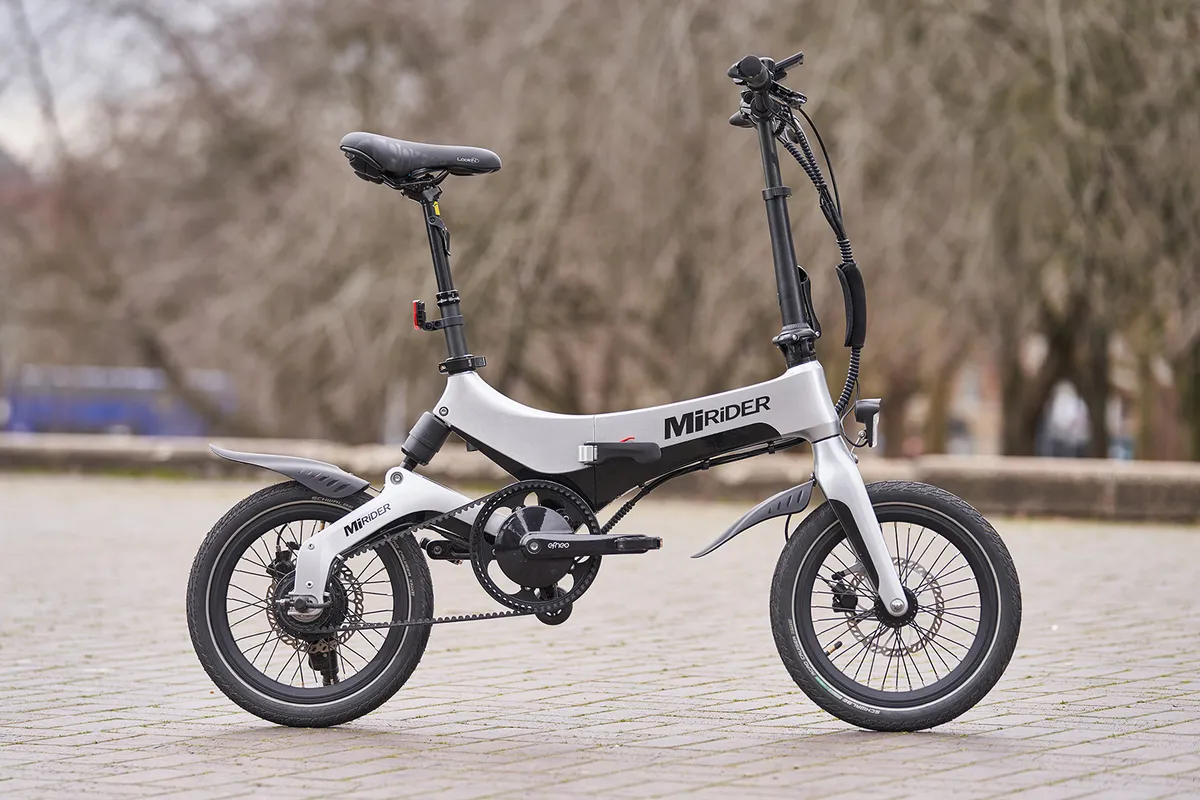
Warren says getting people to see the feasibility of cycling is one reason behind the Cycle to Work Day.
He says if people try cycling to work “suddenly the myth or perception of it being hard work goes away and they start to recognise the joy of moving forward under your own pedal power.”
There are also geographical factors. Cycling in London may offer greater financial benefits, but it can also be a lot easier than cycling in rural areas.
“The distances are likely to be shorter and there is the 15-minute city idea, which makes cycling more achievable. Most of the things are within a shorter distance," says Jones.
“The trickiness with rural cycling is the roads are often narrower but have higher speed limits and people aren’t necessarily expecting to see someone on a bike."
Jones says this is where ebikes can come into their own. The electric motors make it easier to cover the longer distances of rural cycling.
This could become particularly important given the UK government’s scrapping of active travel funding and focus on electric cars over public transport in its recently revised net-zero strategy.
Warren points out that ebike sales grew 74 per cent in 2021, according to the Bicycle Association, and that they help Cycle to Work encourage more people into cycling.
“I think for those people that maybe perceive they’re not fit enough or worry about the length of their commute, or there’s a hill in their commute, ebikes give the boost of confidence,” says Warren.
While the outlay for assisted bikes may be greater than non-assisted bikes, Warren says they can encourage people to ride more – and consequently save more – where one or two days becomes three or four days of cycling per week.
He says ebikes ultimately help cycling become “a much more regular occurrence than taking the car to work”.
